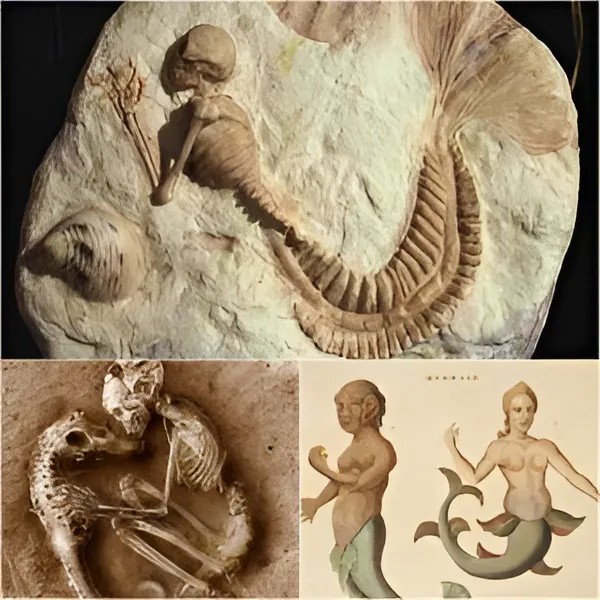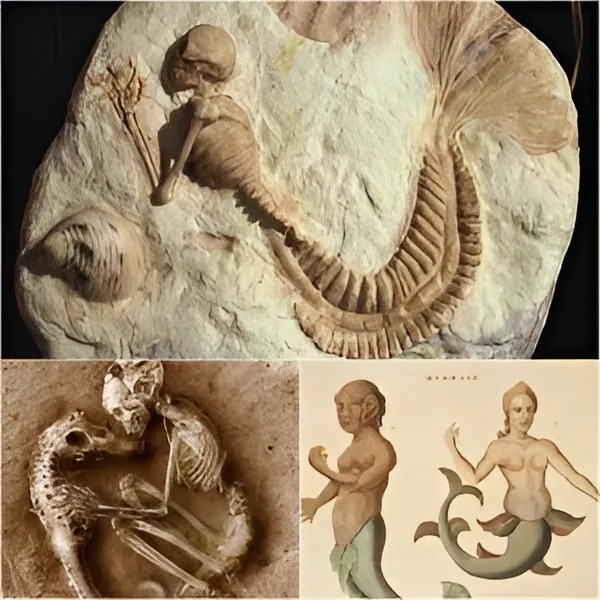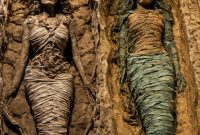The mysteries of ancient Egypt continue to captivate historians, archaeologists, and enthusiasts alike. Among the most intriguing discoveries is the so-called ‘Screaming Mummy,’ a mummy whose twisted expression of apparent agony has baffled experts for decades. This article delves into the history, theories, and recent discoveries surrounding this enigmatic relic, attempting to decipher the secrets of the ‘Screaming Mummy.’

#### Discovery of the ‘Screaming Mummy’
The ‘Screaming Mummy’ was discovered in 1886 by Gaston Maspero, the head of the Egyptian Antiquities Service, in the Deir el-Bahari cache, a hidden repository of royal mummies in Luxor, Egypt. Unlike the serene expressions typically found on mummified faces, this mummy exhibited a ghastly open mouth, giving the appearance of an eternal scream. This unusual feature sparked numerous questions and speculations about the mummy’s identity, cause of death, and the reasons behind its horrifying final expression.
#### Theories and Speculations
Several theories have emerged over the years attempting to explain the ‘Screaming Mummy’s’ disturbing appearance:
1. **Premature Burial:** One early theory suggested that the individual might have been buried alive, hence the scream. However, this idea was largely dismissed due to the lack of evidence supporting such a practice in ancient Egypt.
2. **Post-Mortem Changes:** Another theory posited that the open mouth could be a result of natural decomposition processes. After death, the jaw muscles relax, potentially causing the mouth to fall open. While plausible, this explanation didn’t satisfy the curiosity regarding the mummy’s identity and the unusual circumstances of its burial.
3. **Foul Play or Punishment:** Some speculated that the ‘Screaming Mummy’ could be a victim of foul play or a person punished for serious crimes. This theory gained traction as it aligned with the mysterious nature of the burial and the mummy’s tortured expression.
#### Recent Discoveries and Advancements
Advancements in forensic science and Egyptology have provided new insights into the mystery of the ‘Screaming Mummy.’ In 2018, a team of researchers conducted a detailed analysis of the mummy, including CT scans and DNA testing. These studies revealed fascinating information:
1. **Identification as Pentawer:** The DNA analysis identified the mummy as Pentawer, the son of Pharaoh Ramses III. Historical records, particularly the Judicial Papyrus of Turin, mention Pentawer as part of a conspiracy to assassinate his father. The plot, known as the “Harem Conspiracy,” was led by one of Ramses III’s secondary wives, Tiye, who aimed to place her son, Pentawer, on the throne.
2. **Cause of Death:** The CT scans indicated that Pentawer likely died by strangulation, a form of execution. This finding supports the historical records that mention his involvement in the conspiracy and subsequent forced suicide or execution as punishment.
3. **Unusual Burial:** Unlike other royals who were meticulously mummified and buried with honor, Pentawer’s mummy was hastily wrapped in a sheep or goat skin, considered ritually impure. This deviation from traditional mummification and burial practices further indicates that Pentawer was punished posthumously for his crimes.
#### Deciphering the Enigma
The combination of historical texts, forensic analysis, and modern technology has significantly contributed to deciphering the enigma of the ‘Screaming Mummy.’ The once perplexing and haunting visage of the mummy now tells a story of political intrigue, familial betrayal, and a tragic downfall. Pentawer’s expression, preserved through millennia, serves as a silent testament to his tumultuous end and the severe repercussions of his actions against his father.
The ‘Screaming Mummy’ remains one of ancient Egypt’s most fascinating and poignant discoveries. Through the lens of modern science and historical context, we have unraveled the story of Pentawer, offering a glimpse into the complex and often brutal world of ancient Egyptian royalty. This discovery not only solves a long-standing mystery but also enriches our understanding of the cultural and historical dynamics of ancient Egypt. The ‘Screaming Mummy’ stands as a powerful reminder of the timeless nature of human ambition, retribution, and the relentless pursuit of power.




